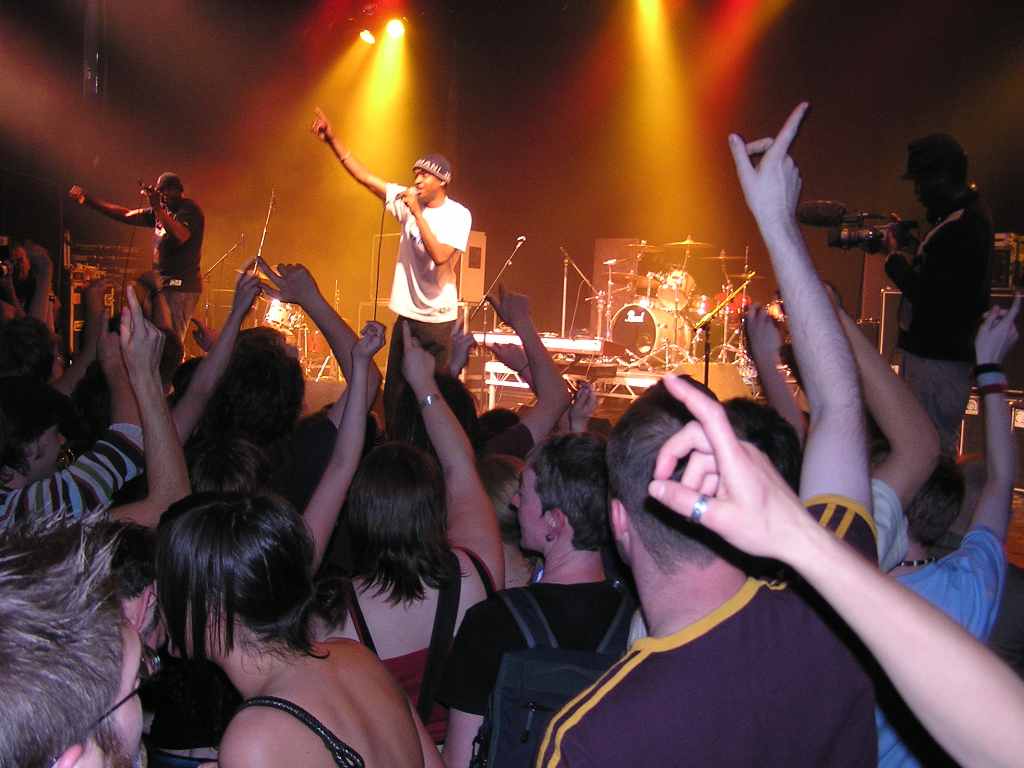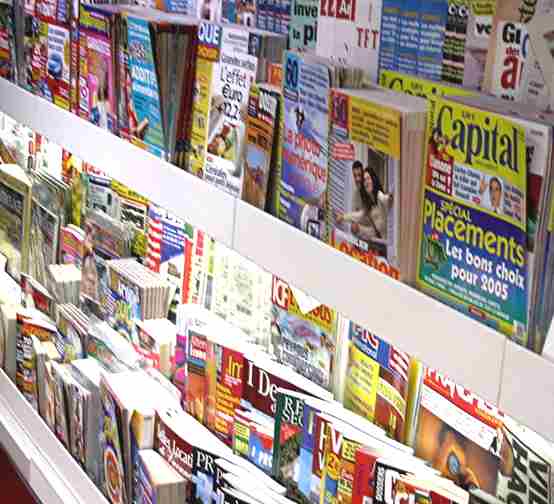I attracted the audience for my magazine through the use of an eye-catching front cover. As I have many friends interested in the genre of music, I know that they like to hear not only about the mainstream bands and artists, but also about up and coming, new artists who are trying to make it in the ‘big time’.
 |
| The names of well-known artists could attract my target audience. |
This is why I have included a mixture of new artists, (the main feature on the front cover being an interview on a new artist) and more well-known artists, who are shown through subheadings about the best gigs of the year, on my front cover.
 |
Talking of gigs on the front page gives it something to relate to
with the target audience |
Also, the subheadings about the 'gigs of the year' also gives the audience something to relate to with the magazine as they may have been at those gigs. This would make them want to see if the magazine has the same opinion on the gig as them. The main image for the main article relates to the target audience as well as it is of young men, so the target audience could feel that they have something in common, a shared interest in the music and a similar age group.
In this video, people in my AS Media class had a look at my production work and answered questions on it. The questions were:
- How can I tell the genre of this magazine?
- What is the purpose and intention of this magazine?
- Who is the target audience for this magazine?
From the feedback on the first question, I found that people could tell what the genre of my magazine was, which is positive because then if it is seen on the shelves, my target audience will realise it relates to them and will be tempted to buy a copy. They could tell this from the effectiveness of the masthead, it showed that the magazine was about music with big beats and this was backed up by the tagline 'strictly big beats' which hinted that this magazine was one which talks of such music as dubstep and drum 'n' bass. The people in the video then went on to say that the images on the contents page of the DJ's enhanced their opinion that the genre of the magazine was drum 'n' bass as it showed the artists on the decks.
The video also showed that people thought that the purpose and intention of my magazine was to entertain and inform about the artists that I am publicising, which is an accurate interpretation. They thought this was shown through the use of making the interviews with different artists clear on the contents page. They saw interviews as a broad way of both entertaining the reader but also informing them of the successes of certain artists.
The target audience for the magazine was seen well be the people who fed back to me, but they saw it more broadly. For example, one person said that the target audience was mainly young people and could be aimed at males. This is fairly accurate but they did not sound completely clear about it. This could be seen in a negative and positive light. It may be seen as not making the target audience completely clearly through my production work, however, in an economic sense, it could be useful as if it were being sold in a shop, it may also appeal to girls which could boost the income of the magazine. The person feeding back on this also talked about the colour scheme of grey, black and red hinting at a male target audience which was done by me purposefully as I thought these colours were bold and eye-catching but relevant to the target audience.




















